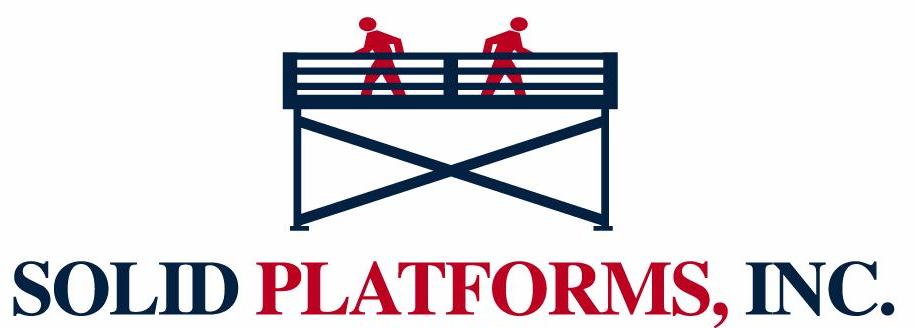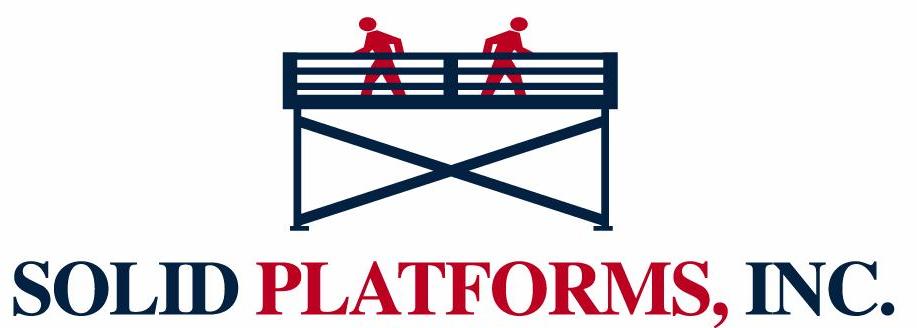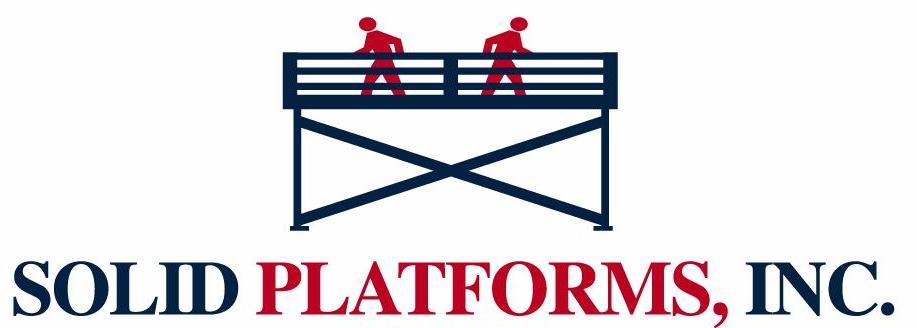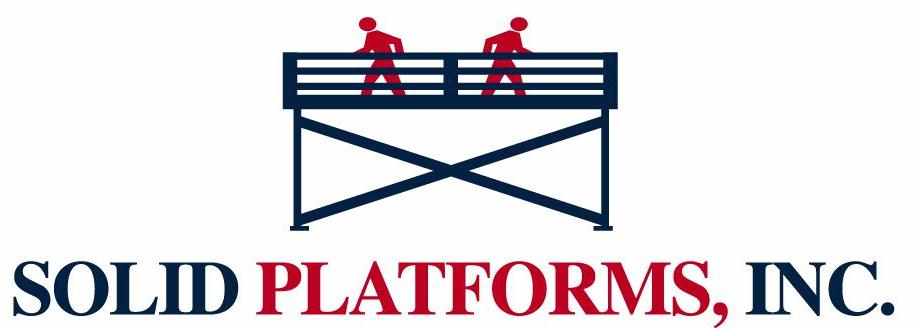Information
-
Document No.
-
Audit Title
-
Client / Site
-
Conducted on
-
Prepared by
-
Location
-
Personnel
1. Work Permits - Are the Following Procedures Understood/Followed
-
1.1 Hot Work
-
1.2 Lockout / Tag out
-
1.3 Confined Space
-
1.4 Excavation
-
1.5 Lead
-
1.6 Is proper permit on site?
-
1.7 Proper ventilation, proper respirators?
-
1.8 Attendant properly positioned/equipped for rescue if necessary?
-
1.9 Special warning posted (lead, trenching, personnel working overhead) if necessary?
2. Emergency Response
-
2.1 Do employees know the evacuation alarm?
-
2.2 Do employees know emergency telephone numbers?
-
2.3 Has Midwest PRCS Emergency Action Plan been completed?
-
2.4 Has MITTAL (site specific) Emergency Action Plan been completed?
-
2.5 Has the U.S. Steel PRCS Emergency Action Plan been completed?
-
2.6 Has the U.S. Steel (site specific) Emergency Action Plan been completed?
-
2.7 Has BP (site specific) Emergency action plan been completed?
-
2.8 Has NI-Source (site specific) Emergency action plan been completed?
-
2.9 Have all employees been trained in (site-specific) evacuation procedures?
3. Orderliness and Material Storage
-
3.1 Are work areas neat and orderly (including break/office trailer)?
-
3.2 Is lay down yard material properly stored?
-
3.3 Are containers provided for trash, waste, or other garbage?
-
3.4 Are passageways and walkway clean?
-
3.5 Are nails removed or bent down?
-
3.6 Are spills cleaned up promptly?
-
3.7 Proper lifting methods/materials handling?
-
3.8 Proper/Approved lifting in use?
-
3.9 Are solvents properly stored?
-
3.10 Are flammables properly stored?
-
3.11 First Aid Kit inspected and complete with required supplies?
4. Hand and Power Tools
-
4.1 Tools and cords in good condition/inspected and quarterly color coated?
-
4.2 Tool guards in place?
-
4.3 Are ground fault circuit interrupters (GFCI) used for temporary cords?
-
4.4 Are tools properly stored?
-
4.5 Proper eye and face protection worn?
-
4.6 Are surge protectors on compressors?
-
4.7 Are hoses properly secured?
-
4.8 Are hoses properly used?
-
4.9 Are hose restraints used?
5. Personal Protective Equipment
-
5.1 Equipment properly used and maintained/inspected and quarterly color coded?
-
5.2 Sufficient equipment provided?
-
5.3 Hard hats worn by everyone, OSHA foam lined safety glasses?
-
5.4 Proper eye and face protection used?
-
5.5 Protective clothing worn as required?
-
5.6 Ear protection provided and worn where required (I.e. sandblasting, near compressor)?
-
5.7 Proper respirators worn for paint, fumes, gasses or dust hazards?
-
5.8 CO monitor or Oil Free Air (Grade D breathing air)?
-
5.9 Approved clothing?
-
5.10 Respirators properly cleaned ad stored and in good condition?
-
5.11 Are employees respirator medically qualified?
-
5.12 Are employee clean-shaven?
-
5.13 Are employees respirator Fit tested and trained?
-
5.14 Nomex (FRC's) required?
-
5.15 All PPE being worn correctly according to SITE/MANUFACTURER'S REQUIREMENTS?
6. Flammable and Combustable Liquids
-
6.1 Containers clearly marked to show contents?
-
6.2 Drums/tanks used for outdoor dispensing and fueling purposes are located at least 25 feet from any building?
-
6.3 Drums/tanks used for outdoor dispensing and fueling purposes are grounded and bonded?
-
6.4 "No Smoking" signs posted?
-
6.5 Fuel properly stored including secondary containment?
7. Welding and Cutting
-
7.1 Is fuel gas and oxygen separated in storage?
-
7.2 Are compressed bottles upright and secured?
-
7.3 Power cables and hoses protected and in good repair?
-
7.4 Flow gauges and regulators maintained?
-
7.4.1 Removed when not in use?
-
7.5 Back-flow check valves in oxy-acetylene?
-
7.6 Are welders and helpers using PPE and protection against sparks?
-
7.6.1 Welding and cutting?
-
7.6.2 Ultraviolet radiation?
-
7.7 Proper fire protection?
8. Fall Protection
-
8.1 Safety harnesses/lanyard inspected and quarterly color coded?
-
8.2 SPI 100% tie-off policy followed using steel rebar hooks?
-
8.3 Lifelines a minimum of 5/8" Polyester polypropylene rope?
-
8.4 Lifelines secured to an anchorage/structural member above point of operation?
-
8.5 Lifelines used when working in suspended scaffold or lifts?
-
8.6 Safety nets used where other fall protection is not feasible?
-
8.7 Is all fall protection stored properly?
-
8.8 Swing stage qualified?
9. Laddered and Scaffolds
-
9.1 Erected, tagged,and inspected under supervision of competent person?
-
9.2 Proper footings - sound, rigid, secured?
-
9.3 Scaffold has required vertical and horizontal bracing?
-
9.4 Proper access; ladder/stair tower or direct access provided?
-
9.5 Defective and damaged parts, planks, etc. removed from service and stored secured from usable material?
-
9.6 Guardrails, midrails & toe boards installed on all open sides of platform?
-
9.7 Complete platforms, planks, close together, and overlapped by at least 12" or secured by wire or proper cleating ?
-
9.8 Inspected and in good condition?
-
9.9 Scaffold is properly secured from tipping over (tie-points)?
-
9.10 All straight & extension ladders equipped with safety shoes and/or blocked off in use?
-
9.11 Rails extended at least 36" above landing or work platform?
-
9.12 Defective ladders tagged and removed from work area?
-
9.13 Ladder areas barricaded where required?
10. Equipment
-
10.1 Safety devices operational on equipment (I.e. airless spray guns, Hilti guns, compressors, etc.?
-
10.2 Cables free from excessive wear?
-
10.3 All equipment properly lubricated and maintained?
-
10.4 Tools and cords in good condition?
-
10.5 Explosion proof lighting in areas with limited ventilation?
-
10.6 Daily Vehicle Safety Inspection Form being completed for all Company Owned/Leased vehicles in use at this job site? (Forklifts Include)
-
10.7 Seat belts used?
-
10.8 Dead-man in use?
11 Job Site Specific Paperwork
-
11.1 Solid Platforms, Inc. Job Hazard Analysis (JHA) completed?
-
11.2 Solid Platforms, Inc. Daily Task Planner completed?
-
11.3 MITTAL Steel (All) PRE-JOB Safety, health, and environmental Checklist completed?
-
11.4 MITTAL Steel (All) Daily Work Authorization form completed?
-
11.5 BP Site Specific paperwork completed?
-
11.6 U.S. STEEL / SAFETY LINE-UP Completed? Midwest /Safety Work?
-
11.7 DUKE ENERGY SITE SPECIFIC PAPERWORK?
-
11.8 NI-Source Site Specific paper work completed?
-
11.9 Other - SPI Supervisor's Daily Job Site Safety Observation?
12 SUSPENDED SCAFFOLD
-
12.1 Will the structure support the necessary loads imposed on it by the suspended scaffold?
-
12.2 Does the outrigger beam(s) rest on wood blocks which are perpendicular to the outrigger beams?
-
12.3 Are tie-backs installed at right angles to the face of the building and if not, have opposing tie-backs (2) been installed?
-
12.4 Is the number of counterweights being used sufficient, are they properly installed and properly secured?
-
12.5 Are the FISTGRIPS tightened to the manufacture's required torque: (5/16th cable:35 foot pounds)?
-
12.6 Is each hoist motor properly secured to the stirrup and are hoisting cables secured and cables free of any burrs or kinks?
-
12.7 Are independent lifelines secured to an anchorage point that is not part of scaffold or the scaffold's sport system?
-
12.8 If welding from suspended scaffold, have exposed cable(s) and hoist motor(s) been covered and protected?
-
12.9 Are all required handrails and toe boards installed on the scaffold?
-
12.10 Do all power cords being used have strain relief at their connection point?
-
12.11 Has the area below the suspended scaffold been barricaded with proper signage attached?
Corrective Action
-
Enter any corrective actions taken.
Auditor's Signature
-
Auditor's Name
Foreman's Signature
-
Foreman's Name
General Foreman's Signature
-
General Foreman's Name











